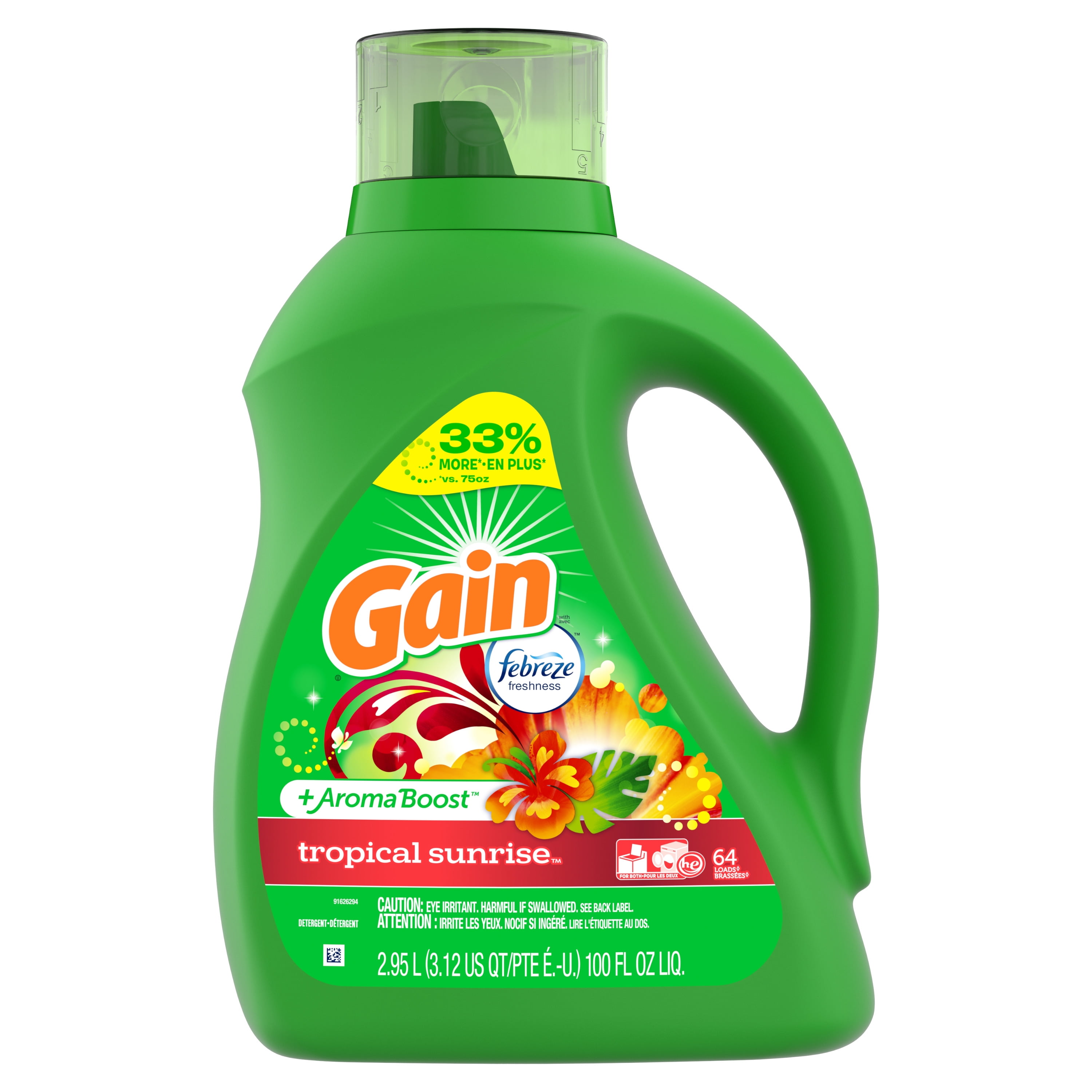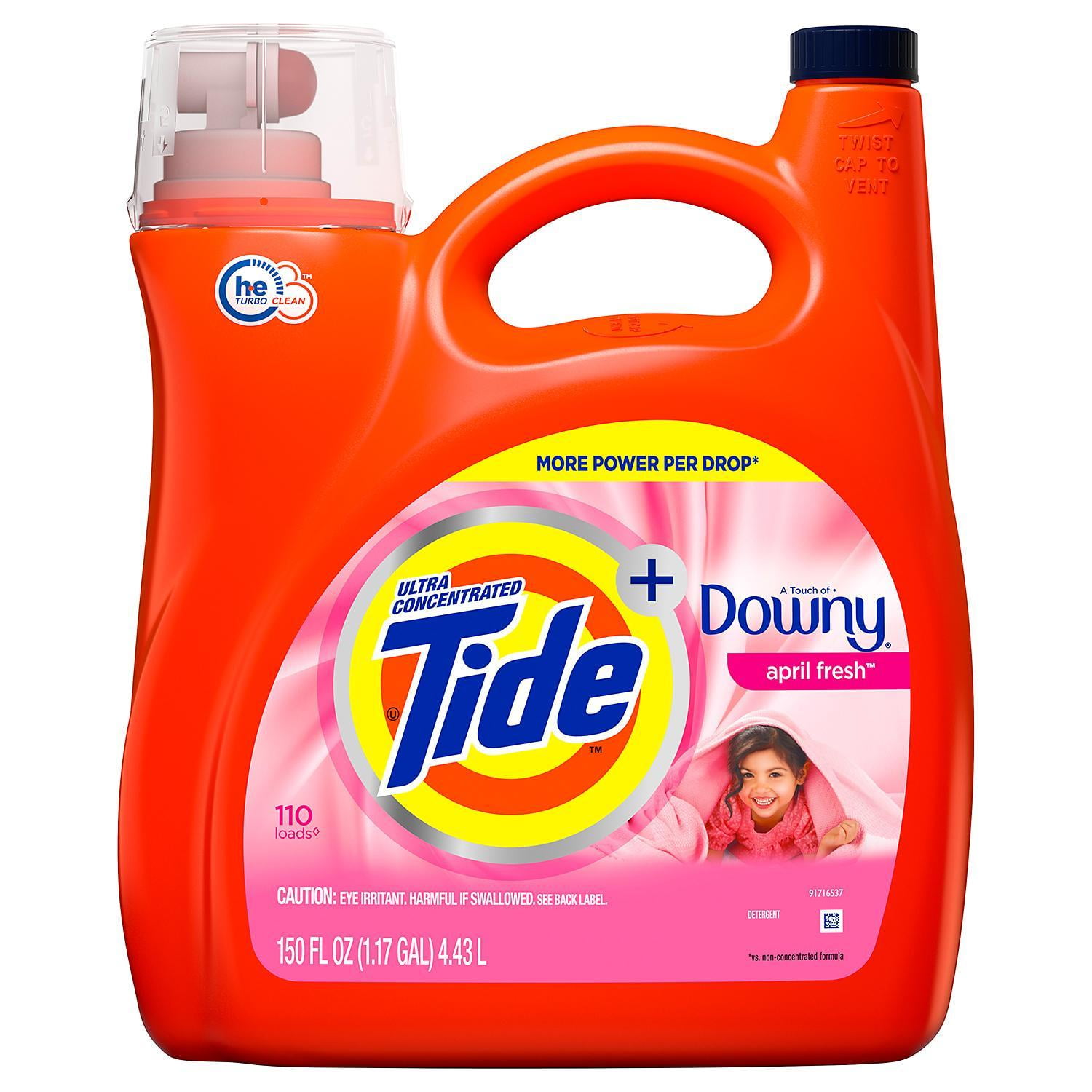
It wasn’t until the 1930s, however, that liquid detergents became available in the United States. His detergent, Burnus, later became the most widely used detergent in Germany. In 1907, a man named Otto Rohm discovered that enzymes could be incorporated into cleaning agents to improve washing performance. Liquid laundry detergent was developed in the early 20th century. How are they different? Are they comparable in terms of efficacy? When should you use one over the other? These are some of the topics that we’ll be touching upon below. On this page, we will be taking a look at liquid detergents and powdered detergents. With that said, they still have their differences that make them unique. Regardless of their shape and form, these detergents work in the same way-they contain surfactants that lift dirt away from your clothing. At one point in the ’60s and ’70s, tablet detergents were also popular. Aside from liquid detergents (the most common variety), there are ones in powered and pod form, the latter of which was introduced to the market in the early 2010s. From there, the dirt is either suspended in the wash water or rinsed away.Īs you probably already know, there are many different types of laundry detergent. In doing so, the molecules effectively remove the dirt and grime from your clothes. Ultimately, how it works is that one of the ends attach to the dirt whereas the other side pulls the item toward the water.

Special types of compounds, these molecules have one end that is attracted to water-repelling substances like grease and oil and another that is attracted to water. With that said, surfactants do most of the cleaning.

The truth is, they rely on these chemicals to separate the dirt and oils from the clothes the water then washes these impurities away. Laundry detergents contain many different components including chelating agents, surfactants, enzymes, dyes, and fragrances.

For instance, Ancient Egyptians added silicates and ashes to soften water sulphur was also used to clean different types of cloths. Even before that, however, chemical additives were used to clean clothing. Laundry detergents, as we know them today, were first introduced in the 1930s. Instead, we will be focusing our attention on laundry detergents. For the purposes of this article, though, we won’t be going into that too much. For instance, some cleansers are incorporated with bleach this would make them unsuitable for certain fabrics such as wool and leather (the bleach would break down the fibers).Īside from the cleansing agent, there are other chemicals that you might want to add to your clothes such as fabric softeners and conditioners. At the end of the day, different detergents have different formulas, which are meant for different things. The products that you use on your clothes is equally as important-that is, you should always check to make sure that you’re using the proper type of detergent for your items.

Take, for instance, your jeans-you wouldn’t wash them the same way as your sports bras, would you? After all, different materials require different kinds of care you can’t just assume that you can wash everything the same way. For starters, you have to take into consideration the kind of fabric that is used to make the garment. As it is, we can’t just blindly toss everything into the machine (well, you can, but we wouldn’t recommend it). Doing the laundry can be somewhat of a science-there are several things that you have to consider when it comes to washing your clothes.


 0 kommentar(er)
0 kommentar(er)
